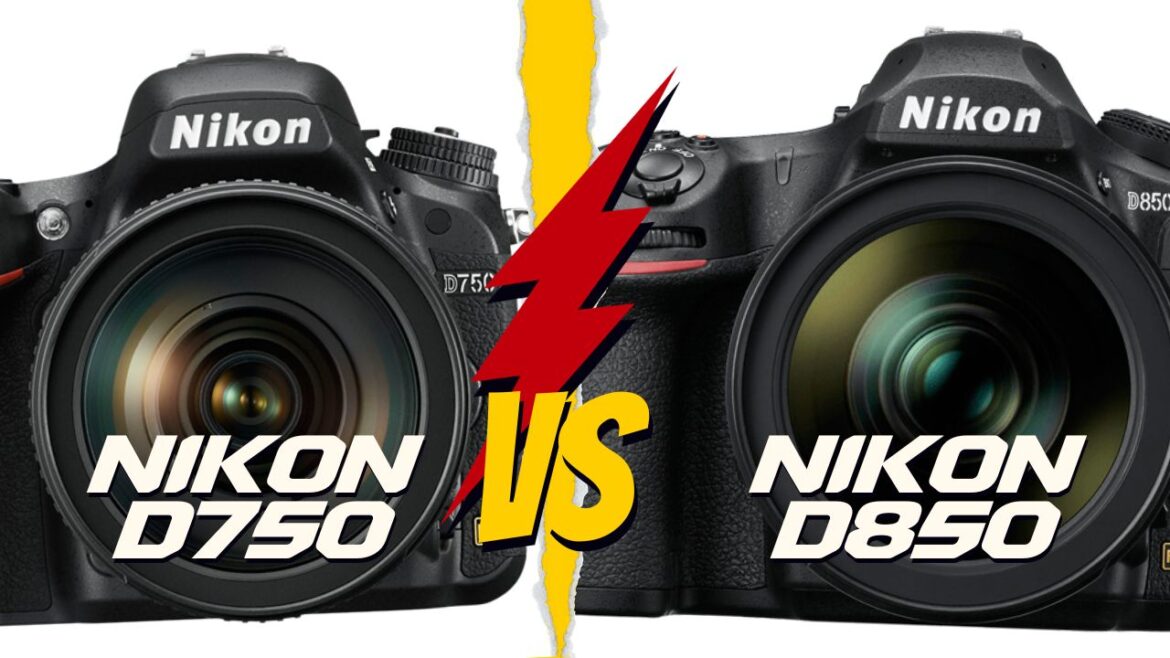Table of Contents
Nikon D750 vs D850 in 2023: Which Camera Is a Game Changer for Your Photography Journey?
In the ever-evolving world of photography, choosing the right camera can be a daunting task. Nikon, a renowned name in the industry, offers two exceptional options – the Nikon D750 vs D850. Both cameras have their unique set of features and capabilities, catering to different needs and preferences of photographers.
In this article, we will take an in-depth look at these two cameras, comparing their specifications and performance to help you make an informed decision.
Introduction to Nikon D750 vs D850
Before diving into the specifics, let’s provide a brief introduction to both cameras.
| Feature | Nikon D750 | Nikon D850 |
|---|---|---|
| Sensor Type | 24-megapixel full-frame sensor | 45.7-megapixel sensor |
| Native ISO Range | 100-12,800 (expandable to 50-51,200) | 64-25,600 (expandable to 32-102,400) |
| Autofocus System | 51 AF points | 153 AF points |
| Continuous Shooting | 6.5 frames per second | 7 frames per second |
| LCD Screen | 3.2-inch tilting LCD | 3.2-inch tilting touchscreen |
| Built-in Wi-Fi | Yes | Yes (with additional Bluetooth support) |
| Optical Viewfinder | Clear and accurate representation of the scene, 100% frame coverage | Clear and accurate representation of the scene, 100% frame coverage |
| Build Quality | Monocoque design with weather-sealing | Robust build with extensive weather-sealing |
| Weight | Approximately 750 grams | Approximately 1,015 grams |
| Dual Memory Card Slots | Dual SD card slots | Dual XQD and UHS-II SD card slots |
The Nikon D750: Features and Overview | Nikon D750 vs D850

A full-frame DSLR camera that has been a favorite among enthusiasts and professionals alike. Equipped with a 24-megapixel sensor, it strikes a balance between image quality and portability.
The Nikon D750 is a full-frame DSLR camera that has been a favorite among enthusiasts and professionals alike. Equipped with a 24-megapixel sensor, it strikes a balance between image quality and portability. The D750 offers a native ISO range that extends from 100 to 12,800, which can be expanded to 50-51,200 for challenging lighting conditions.
One of the standout features of the D750 is its exceptional auto system, with 51 AF points, ensuring quick and accurate subject tracking. It also boasts a continuous shutter speed of 6.5 frames per second, making it suitable for a variety of photography genres.
The camera is fitted with a 3.2-inch tilting LCD screen, which is particularly handy for capturing shots from unique angles. The D750 also offers built-in Wi-Fi, allowing for easy image transfer and remote camera control via a smartphone or tablet. This feature has become increasingly popular in the age of instant sharing on social media.
The D750’s optical viewfinder provides a clear and accurate representation of the scene, allowing for precise composition and focusing. This optical viewfinder covers approximately 100% of the frame, giving photographers a true-to-life view of their subjects.
In terms of build quality, the D750 features a monocoque design with weather-sealing, making it resistant to dust and moisture. This enhances its durability and allows for shooting in various environmental conditions. The camera’s compact size and lightweight camera body, weighing approximately 750 grams, make it a popular choice for photographers who are often on the move.
The D750 supports dual SD card slots, offering flexibility in managing your files. Whether you prefer to separate RAW and JPEG files or use one card as a backup, this feature is a practical asset.
The Nikon D850: Features and Overview | Nikon D750 vs D850
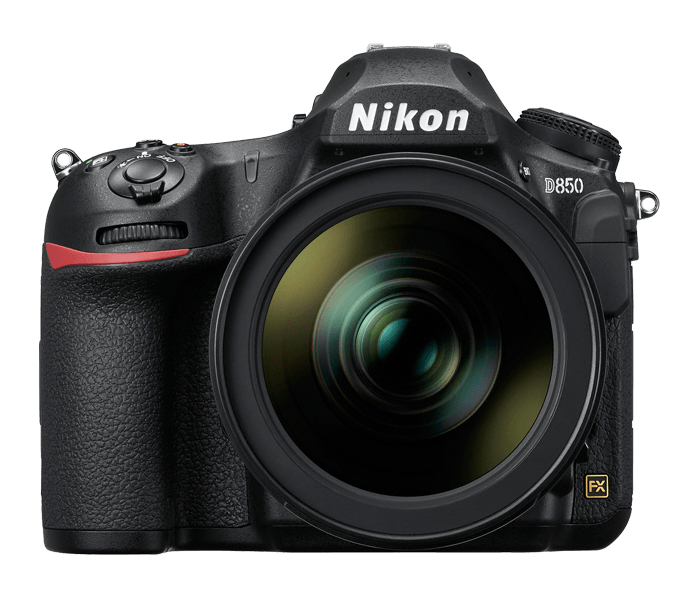
The native ISO range of 64-25,600 can be expanded to 32-102,400, allowing for exceptional low-light performance.
On the other hand, the Nikon D850 is a high-resolution powerhouse. This camera features a 45.7 megapixel sensor, offering stunning image quality and incredible detail. The native ISO range of 64-25,600 can be expanded to 32-102,400, allowing for exceptional low-light performance. The D850 also includes a tilting touchscreen for added convenience when composing shots.
The D850’s auto focus system boasts 153 AF points, providing impressive accuracy and coverage. It’s capable of continuous shooting at 7 frames per second, making it a versatile option for various photography styles, including wildlife and sports photography.
One of the notable advancements in the D850 is the inclusion of a tilting touchscreen. This 3.2-inch LCD screen not only tilts but also supports touch functionality. Photographers can use touch controls to adjust settings, focus on subjects by tapping on the screen, and review images with ease. The touchscreen feature significantly enhances the camera’s usability.
For connectivity, the D850 offers both Wi-Fi and Bluetooth, ensuring seamless file transfer and remote camera control via Nikon’s SnapBridge app. This is especially useful for photographers who want to share their work instantly or for those who prefer shooting from a distance.
The optical viewfinder in the D850 offers a larger and brighter image compared to the D750, making it easier to compose shots with precision. It covers approximately 100% of the frame and provides a clear and true representation of the scene.
In terms of durability, the D850 boasts a robust build with extensive weather-sealing, much like the D750. This allows photographers to shoot in challenging conditions without worrying about damaging their equipment. Despite its enhanced features, the D850 maintains a manageable weight of around 1,015 grams, making it suitable for photographers who require both high resolution and portability.
The D850 takes advantage of dual memory card slots as well, but it uses a combination of XQD and UHS-II SD card slots. This setup ensures fast data transfer and ample storage capacity, making it a valuable asset for photographers who demand high-speed performance and reliability.
We also compared Nikon D810 vs Nikon D850 which you can also read.
Nikon D750 vs D850: The Battle of Sensors
One of the most critical aspects to consider when choosing a camera is the sensor, as it directly impacts image quality and performance. Let’s delve into the sensor quality of both the Nikon D750 vs D850.
Exploring the Sensor Quality of Nikon D750
| Feature | Nikon D750 |
|---|---|
| Sensor Type | 24-megapixel full-frame sensor |
| Image Quality | Excellent for various applications |
| Dynamic Range | Wide range, suitable for high contrast scenes |
| Low-Light Performance | Impressive even in challenging lighting |
| ISO Range | Native: 100-12,800; Extended: 50-51,200 |
| Noise at High ISO | Noticeable in higher ISO settings |
| Sensor Size | Full-frame (same as 35mm film frame) |
| Pixel Count | 24.3 million pixels |
| Optical Low-Pass Filter | Equipped to reduce moiré patterns and false colors |
| Sharpness | Achievable with high-quality lenses and precise focusing techniques |
The Nikon D750 features a 24-megapixel full-frame sensor known for its excellent image quality and dynamic range, making it suitable for a wide range of photographic applications. Its low-light performance is impressive, and the camera offers an ISO range from 100 to 12,800, which can be expanded to 50-51,200 for challenging lighting conditions.
However, at higher ISO settings, noise may become more noticeable in images. The camera’s full-frame sensor provides depth of field control and maintains a manageable camera size and weight. With 24.3 million pixels, the sensor strikes a balance between resolution and file size, suitable for applications like portraits and landscapes.
The sensor is equipped with an optical low-pass filter to reduce unwanted artifacts, but photographers can achieve maximum sharpness with high-quality lenses and precise focusing techniques.
Understanding the Sensor Performance of Nikon D850 | Nikon D750 vs D850
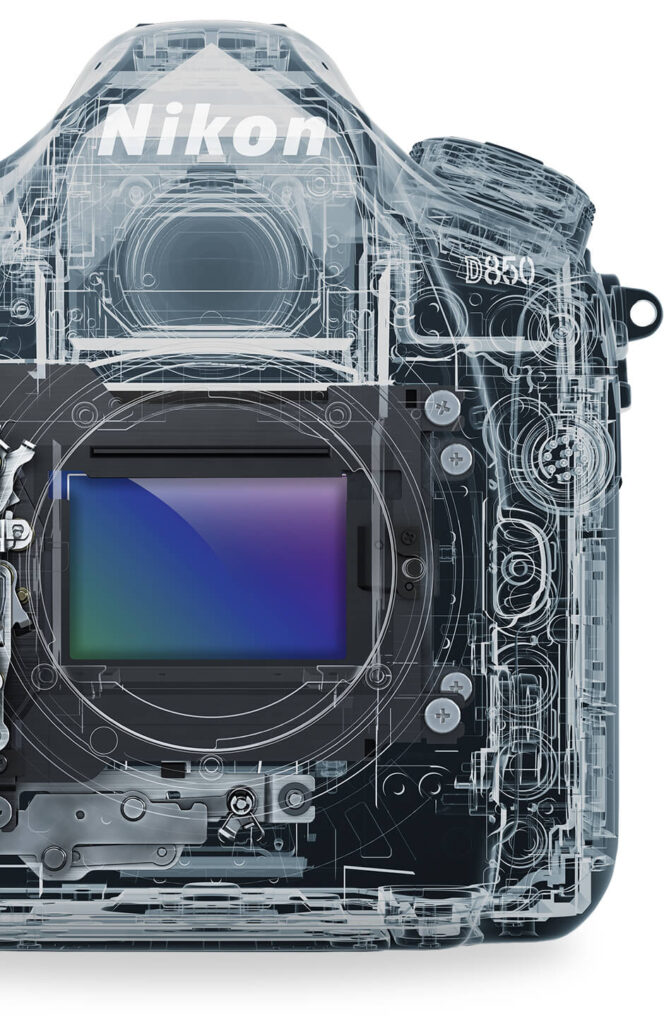
| Feature | Nikon D850 |
|---|---|
| Sensor Type | 45.7-megapixel full-frame sensor |
| Image Quality | Exceptional image quality and detail |
| Depth of Field Control | Excellent due to full-frame sensor |
| Native ISO Range | Starts at 64 for high image quality |
| ISO Range | Extends from 32 to 102,400 |
| High Resolution | Ideal for large prints and cropping |
| No Optical Low-Pass Filter | Enhanced image sharpness and detail |
| Image Processing Engine | Expeed 5 for accurate colors and minimal noise |
The Nikon D850 boasts a 45.7-megapixel full-frame sensor, providing exceptional image quality and incredible detail, making it an ideal choice for landscape and studio photographers. Its full-frame sensor allows for excellent image quality and depth of field control, ensuring each pixel captures ample light for detailed and sharp images.
With a native ISO range starting at 64, the D850 excels in well-lit conditions, capturing high-quality images. It also offers a versatile ISO range from 32 to 102,400, suitable for various lighting conditions, including low-light scenarios. The camera’s high resolution allows for large prints and precise cropping without sacrificing image quality.
Notably, the D850’s sensor lacks an optical low-pass filter (OLPF), enhancing image sharpness and detail. This design choice makes it an excellent option for fine art and studio photographers who demand top-tier image quality. The camera’s Expeed 5 image processing engine ensures efficient data processing, resulting in accurate colors, minimal noise, and an excellent dynamic range, making it a top choice for photographers who prioritize image quality.
Examining the Optics of Nikon D750 vs D850
Another crucial aspect of a camera’s performance is its optics, which includes the lens and viewfinder. Let’s take a closer look at what each of these cameras offers in terms of optics.
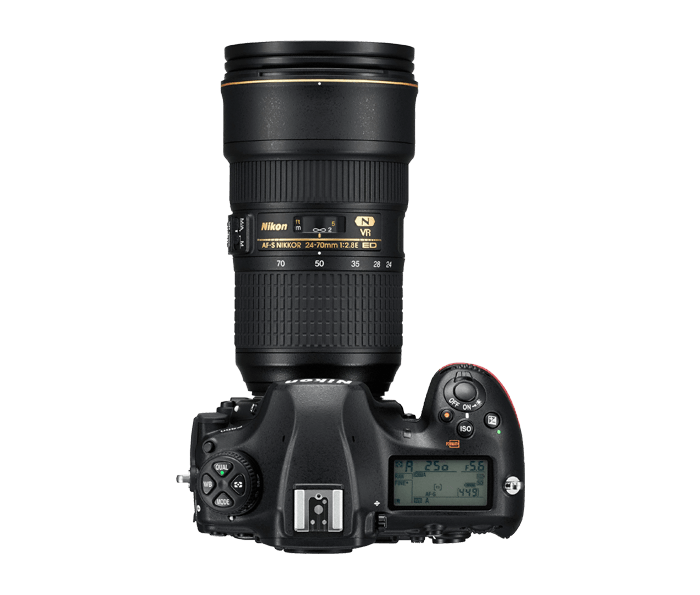
| Optics Feature | Nikon D750 | Nikon D850 |
|---|---|---|
| Lens Compatibility | Compatible with a wide range of Nikon lenses, including DX-format lenses | Compatible with a wide range of Nikon lenses, including DX-format lenses |
| Viewfinder Type | Pentaprism optical viewfinder | Pentaprism optical viewfinder |
| Viewfinder Coverage | Approximately 100% of the frame | Approximately 100% of the frame |
| Information Overlays | Exposure settings, focus points, shooting modes | Exposure settings, focus points, shooting modes |
| DX Lens Compatibility | Compatible with DX-format lenses, switches to DX crop mode automatically | Compatible with DX-format lenses, switches to DX crop mode automatically |
Nikon D750’s Optics: A Detailed Perspective | Nikon D750 vs D850
The Nikon D750 is compatible with a wide range of Nikon lenses, giving photographers the flexibility to choose the optics that suit their specific needs. Nikon’s extensive lens lineup includes options for various photography styles, from wide-angle to telephoto and macro to portrait lenses.
The camera features a pentaprism optical viewfinder, offering a clear and accurate representation of the scene. The optical viewfinder covers approximately 100% of the frame, allowing photographers to compose shots with precision and accuracy. This is particularly valuable when photographing fast-moving subjects or capturing scenes with challenging lighting conditions.

The optical viewfinder also provides information overlays, such as exposure settings, focus points, and shooting modes. This feature allows photographers to have a real-time view of their camera settings without taking their eye away from the viewfinder. It enhances the shooting experience and aids in quick decision-making while capturing images.
Additionally, the D750 is compatible with DX-format lenses, which are designed for APS-C-sized sensors. This compatibility expands the lens options available to photographers, making the camera even more versatile. It’s worth noting that when using DX lenses on the D750, the camera automatically switches to a DX crop mode, which effectively reduces the sensor size and resolution. This can be advantageous for photographers who want the flexibility to use a wide range of lenses, even if they were designed for smaller sensors.
A Closer Look at Nikon D850’s Optics | Nikon D750 vs D850
The Nikon D850 shares the same compatibility with Nikon lenses as the older D750, ensuring a vast selection for photographers. Nikon’s extensive lens lineup provides options for all photography styles, from landscapes to portraits, and from macro to telephoto. This compatibility makes both the D750 vs D850 versatile choices when it comes to choosing the right lens for your photographic needs.
The D850 also features a pentaprism optical viewfinder, similar to the D750. The optical viewfinder in the D850 offers a larger and brighter image, making it easier to compose shots with precision. It covers approximately 100% of the frame and provides a clear and true representation of the scene. This means that photographers using the D850’s optical viewfinder will see exactly what the camera is capturing.
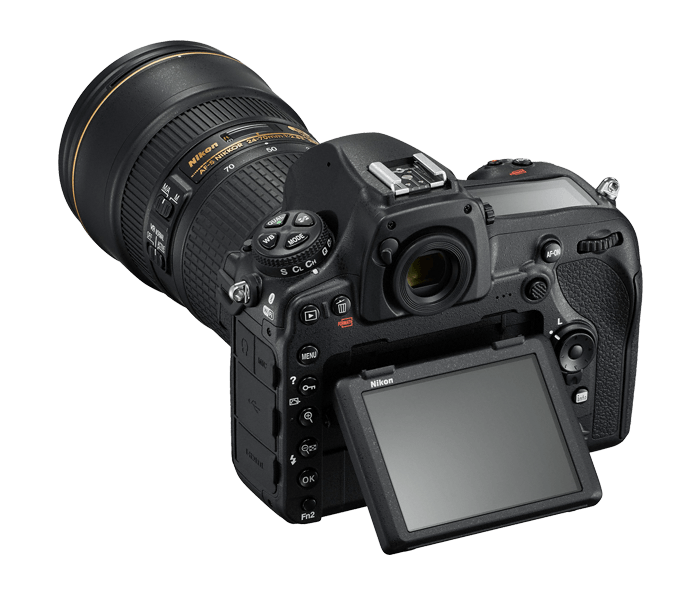
Like the D750, the D850’s optical viewfinder includes information overlays, such as exposure settings, focus points, and shooting modes. This feature enhances the shooting experience by providing real-time access to critical information without the need to divert attention from the viewfinder. This is particularly valuable for photographers who need to quickly adjust settings and focus while capturing images.
Both the D750 vs D850 are compatible with DX-format lenses, expanding the lens options available to photographers. When a DX lens is used on the D850, the camera automatically switches to DX crop mode, effectively reducing the sensor size and resolution. This allows photographers to utilize a wide range of lenses, even if they were originally designed for smaller sensors, while maintaining image quality and sensor coverage.
The Video Capabilities: Nikon D750 vs Nikon D850
For photographers who dabble in videography, the video capabilities of a camera are of utmost importance. Let’s explore how the D750 vs D850 perform in this regard.
| Video Feature | Nikon D750 | Nikon D850 |
|---|---|---|
| Video Resolution | Full HD (1080p) | 4K UHD (Ultra High Definition) |
| Frame Rate | Up to 60 frames per second | 30 frames per second |
| Manual Exposure Control | Yes | Yes |
| Video Formats | FX and DX formats available | FX and DX formats available |
| Uncompressed HDMI Output | Available | Available |
| Zebra Striping | Yes | Yes |
| Focus Peaking | Yes | Yes |
| Microphone Input | Built-in stereo microphone and external input | Built-in stereo microphone and external input |
| Headphone Jack | Yes | Yes |
| Touchscreen Functionality | No | Yes |
Video Performance of Nikon D750 | Nikon D750 vs D850
The D750 is capable of recording Full HD (1080p) video at up to 60 frames per second, delivering smooth and high-quality footage. It also provides manual control over exposure settings, making it a solid choice for videographers looking to capture cinematic content.
One of the standout features of the D750’s video capabilities is its ability to record in both FX and DX formats. The FX format records full frame video, while the DX format applies a 1.5x crop to the video. This feature allows videographers to choose the format that best suits their creative vision and the subject they are filming. For example, FX format is suitable for wide-angle shots, while DX format can extend the reach of telephoto lenses.
The D750 also offers the option for an uncompressed HDMI output, which is valuable for videographers who require the highest possible video quality and intend to use external recording devices. This feature ensures that the camera delivers the best image quality without compression.
Moreover, the D750 provides features such as zebra striping and focus peaking, which aid videographers in achieving precise exposure and focusing. Zebra striping highlights overexposed areas in the frame, helping videographers avoid blown-out highlights, while focus peaking assists in identifying areas of sharp focus.
The camera’s built-in stereo microphone and external microphone input provide flexibility in capturing high-quality audio. For advanced audio recording, videographers can use external microphones to achieve professional-level sound quality.
Analyzing the Video Quality of Nikon D850 | Nikon D750 vs D850
The D850 takes video capabilities to the next level, offering 4K UHD video recording at 30 frames per second. This resolution and frame rate provide exceptional video quality, making it suitable for professional videographers.
One of the significant advantages of the D850’s video capabilities is the ability to shoot in 4K UHD (Ultra High Definition) resolution. This format delivers video with four times the detail of Full HD, ensuring outstanding image quality. The D850 can record 4K video in both full frame (FX) and cropped (DX) formats, providing videographers with creative flexibility.
Like the D750, the D850 also offers an uncompressed HDMI output, ensuring the highest possible video quality for videographers who use external recording devices. This feature is valuable for professionals who require pristine video quality and the flexibility to edit footage with minimal compression.
Focus peaking and zebra striping, available in both cameras, are also present in the D850. These features are essential for videographers who need precise control over exposure and focusing. Focus peaking highlights areas of sharp focus, making it easier to confirm that your subject is in focus, while zebra striping helps you identify overexposed areas in your video.
The D850’s touchscreen functionality adds an extra layer of convenience to its video capabilities. You can use the touchscreen to adjust focus points while recording, making it easier to maintain focus on moving subjects. This touchscreen feature significantly enhances the camera’s usability for videographers.
To further improve audio recording, the D850 features a built-in stereo microphone with an external microphone input. The inclusion of a headphone jack allows videographers to monitor audio quality in real-time, ensuring that their recordings meet professional standards.
Nikon D750 vs D850: Assessing the AF System
An advanced autofocus system is crucial for capturing sharp and well-focused images. Let’s dissect the AF systems of the Nikon D750 vs D850.
| AF System Feature | Nikon D750 | Nikon D850 |
|---|---|---|
| AF Points | 51 points with 15 cross-type sensors | 153 points with 99 cross-type sensors |
| Speed and Accuracy | Reliable and fast focusing, known for its speed and accuracy | Unparalleled accuracy and coverage, top choice for optical clarity and accuracy |
| AF Coverage | Extensive coverage for reliable subject tracking and composition | Extensive coverage for precise focus, especially beneficial for fast-moving subjects |
| AF Modes | Single-point and dynamic-area AF modes for flexibility in different photography genres | Various focusing modes including single-point, dynamic-area, and group-area AF |
| Low-Light Performance | Suitable for low-light conditions | Highly effective in low-light conditions, focusing down to -4 EV |
| Customization Options | Notable customization options for fine-tuning focus settings | Highly customizable AF system to suit specific needs |
| Auto AF Fine-Tune | Not available | Automatically calibrates lens focus for the highest focusing accuracy |
| Focus Stacking | Not available | Allows in-camera focus stacking for macro photography |
| Focus Peaking (Live View) | Not available | Available for visual indication of areas in sharp focus, valuable for videographers and manual focus lenses |
Dissecting the AF System of Nikon D750 | Nikon D750 vs D850
The D750 features a 51-point autofocus system with 15 cross-type sensors, providing reliable and fast focusing in a wide range of shooting situations. This autofocus system is known for its speed and accuracy, making it a dependable choice for photographers who require precise focusing on their subjects.
The 51 AF points in the D750’s autofocus system offer extensive coverage of the frame, allowing for reliable subject tracking and composition. Whether you’re photographing fast-moving subjects or capturing precise details, the D750’s autofocus system delivers consistent results.
The D750 excels in both single-point and dynamic-area AF modes. Single-point AF is ideal for situations where you want to pinpoint the focus on a specific subject, while dynamic-area AF is suitable for tracking subjects that move within the frame. The combination of these modes provides flexibility for various photography genres, from portraits to sports and wildlife photography.
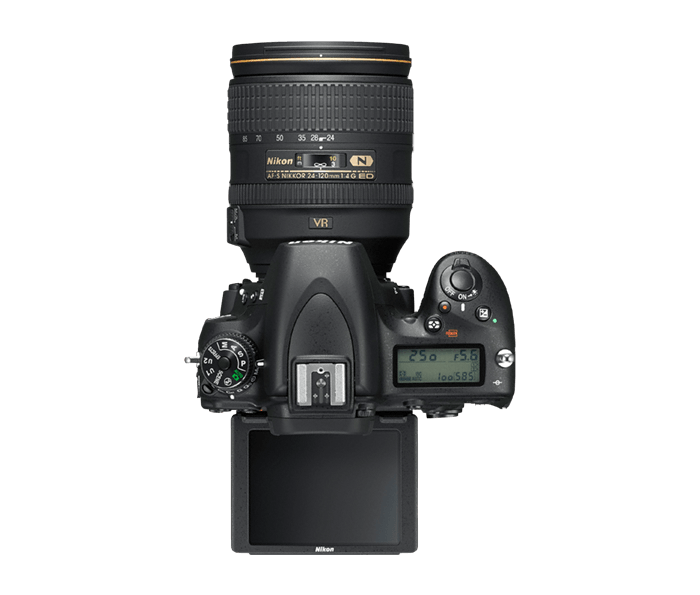
Insights into the AF System of Nikon D850 | Nikon D750 vs D850
The D850 boasts an impressive 153-point autofocus system with 99 cross-type sensors. This sophisticated AF system offers unparalleled accuracy and coverage, making it a top choice for photographers who demand nothing but the best in terms of optical clarity and accuracy.
The 153 AF points in the D850’s autofocus system provide extensive coverage of the frame, ensuring that no matter where your subject is within the composition, the camera can achieve precise focus. This is especially advantageous for sports and wildlife photographers who need to capture fast-moving subjects.
The D850’s AF system is highly customizable, allowing photographers to fine-tune focus settings to suit their specific needs. The camera offers various focusing modes, including single-point AF, dynamic-area AF, and group-area AF. These modes cater to different scenarios, from static subjects to subjects in motion.
Furthermore, the D850’s autofocus system is highly effective in low-light conditions, thanks to its ability to focus down to -4 EV. This means that even in dimly lit environments, the camera can achieve accurate focus, making it a reliable choice for low-light and night photography.
The camera also includes an additional focusing mode called “Auto AF fine-tune.” This mode allows the camera to automatically calibrate lens focus, ensuring the highest level of focusing accuracy. For photographers who want to ensure their lenses are perfectly calibrated, this feature simplifies the process of achieving accurate focus.
The D850’s focusing capabilities extend to its ability to focus stack images in-camera. This feature is particularly beneficial for macro photographers who want to capture a series of images with different focus points and then merge them into a single, fully focused image during post-processing.
The camera’s focus peaking feature, available in live view mode, provides a visual indication of the areas in sharp focus. This is valuable for videographers who need to confirm focus during video recording and for photographers using manual focus lenses.
Deciphering the Battery Life: Nikon D750 vs D850
Battery life is a crucial factor to consider, especially when embarking on long photography sessions. Let’s delve into the battery efficiency of both cameras.
| Nikon D750 Battery Efficiency | Nikon D850 Battery Efficiency |
|---|---|
| Battery Life: Approximately 1,230 shots on a single charge. Suitable for most shooting scenarios. | Battery Life: Around 1,840 shots on a single charge. Extended battery performance for longer shoots. |
| Variability: Battery life may vary based on usage, including live view, video recording, and continuous shooting. Consider carrying spare batteries for extended outings. | Variability: Like the D750, battery life may vary with usage. Provides a significant operational time on a single charge. |
| USB Charging: Supports USB charging via a power bank, enhancing flexibility for on-the-go photographers. | Battery Options: Compatible with both EN-EL15a and EN-EL18b batteries, giving photographers choices based on their needs. EN-EL18b is suitable for extended shooting. |
| – | Power-Saving Mode: Includes a power-saving mode that reduces the LCD screen’s refresh rate and display brightness, conserving battery life when needed. |
Battery Efficiency of Nikon D750 | Nikon D750 vs D850
The D750 offers decent battery life, allowing photographers to capture approximately 1,230 shots on a single charge. This should be sufficient for most shooting scenarios, but it’s a good practice to carry spare batteries for extended outings.
The battery life can vary depending on factors such as the use of live view, video recording, and continuous shooting. In scenarios where live view is used extensively or where video recording is a significant part of the workflow, the battery life may be shorter. Carrying spare batteries or using a battery grip can help extend the camera’s operational time in such cases.
Additionally, the D750 can be charged via USB using a power bank, which is a convenient option for on-the-go photographers who may not have access to traditional chargers. This feature enhances the camera’s flexibility and usability in the field.
Nikon D850’s Battery Life | Nikon D750 vs D850
The D850 provides longer battery life, capable of capturing around 1,840 shots on a single charge. This extended battery performance is an advantage for photographers who need a camera that can keep up with extended shoots without frequent battery changes.
Just like the D750, the D850’s battery life may vary depending on the camera’s usage. Extensive use of live view, video recording, or continuous shooting can reduce battery life, but the D850 still provides an impressive operational time on a single charge.
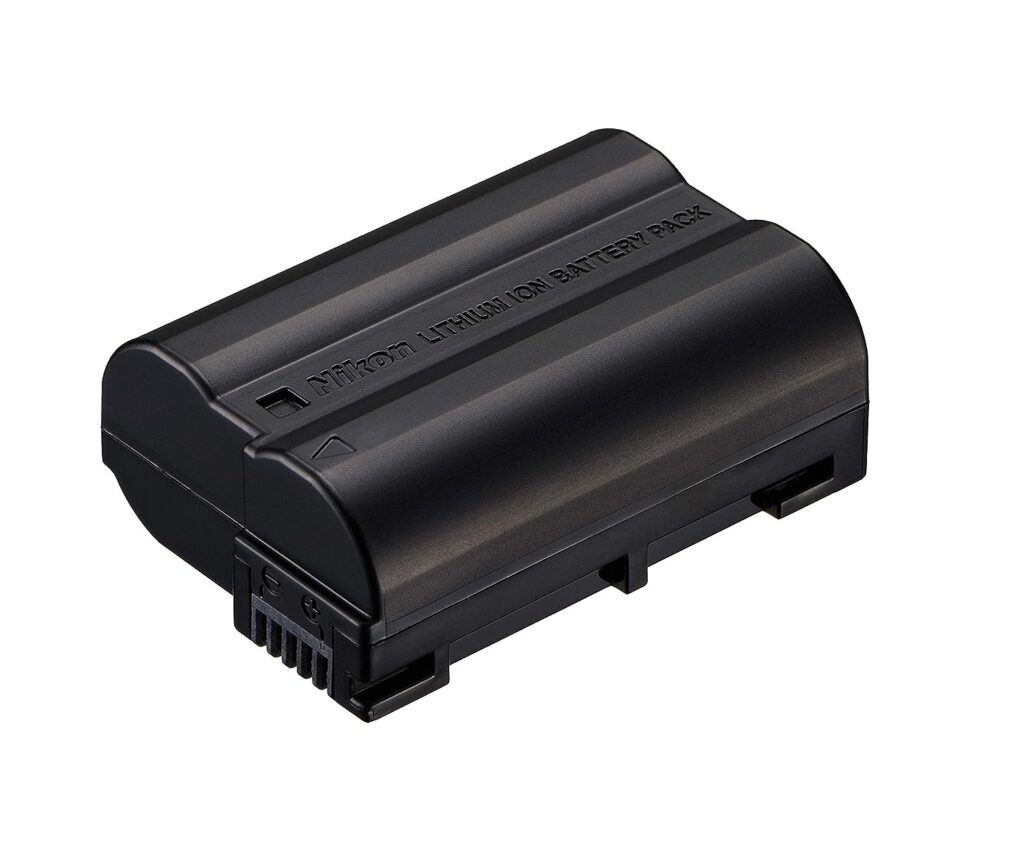
The D850 supports both the EN-EL15a and EN-EL18b batteries, giving photographers the option to choose the battery that best suits their shooting needs. The EN-EL18b is particularly advantageous for extended shooting sessions and is a popular choice for sports and wildlife photographers who require the maximum number of shots per charge.
The camera also includes a power-saving mode that can be enabled to extend battery life further. This mode reduces the refresh rate of the rear LCD screen and dims the display, which can be beneficial in situations where conserving battery power is critical.
Furthermore, the D850 offers USB charging capability, allowing photographers to charge the camera via a power bank while on location. This feature enhances the camera’s usability and ensures that photographers can keep shooting without interruption.
The D850’s dual memory card slots, one for XQD cards and one for UHS-II SD cards, offer additional convenience and versatility. The fast data transfer speeds of XQD cards ensure that photographers can continue shooting without delays, making it an excellent choice for professionals who demand high-speed performance and reliability.
User Experience and Performance | Nikon D750 vs D850
To gauge the real-world performance of these cameras, it’s valuable to consider user reviews and experiences.
User Reviews: Nikon D750 | Nikon D750 vs D850
Photographers who have used the D750 often praise its image quality and low-light performance. Its portability and versatile features make it a reliable choice for enthusiasts and professionals alike. The D750’s well-rounded specifications, including its full frame sensor, capable autofocus system, and video recording capabilities, have garnered positive reviews from a wide range of users.
One of the standout features appreciated by photographers is the D750’s optical viewfinder, which provides a clear and true-to-life representation of the scene. The optical viewfinder’s coverage, along with its information overlays, enhances the shooting experience and aids in quick decision-making. Photographers find this feature particularly valuable when capturing fast-moving subjects and in challenging lighting conditions.
The D750’s video capabilities, including its ability to record in both FX and DX formats and support for external recording, have also been well-received. Videographers appreciate the camera’s advanced video features, such as focus peaking and zebra striping, which aid in achieving precise exposure and focusing. The option to use an external microphone enhances audio quality, making the D750 a versatile tool for content creators.
While the D750 offers an excellent overall user experience, some photographers have noted that the camera’s resolution may not satisfy those who require the utmost detail in their images. In a market where high-resolution sensors have become more common, some users may find the 24 megapixel sensor of the D750 limiting for specific applications, such as large-format printing and extensive post-processing.
User Reviews: Nikon D850 | Nikon D750 vs D850
Photographers who have used the D850 often express their delight with the camera’s exceptional image quality and advanced features. The D850’s high-resolution sensor and extended ISO range make it a top choice for professionals who require the best camera in image clarity and low-light performance.
The camera’s autofocus system, featuring 153 AF points, has received high praise for its shutter speed and accuracy. Sports and wildlife photographers, in particular, appreciate the camera’s exceptional tracking capabilities, allowing them to capture fast-moving subjects with precision. The D850’s ability to focus in low-light conditions down to -4 EV ensures that photographers can achieve accurate focus even in dimly lit environments.
Videographers using the D850 appreciate its 4K video recording capabilities, which deliver outstanding video quality. The option to record in both full frame (FX) and cropped (DX) formats, along with advanced features like focus peaking and zebra striping, provide the tools needed for high-quality video production. The inclusion of a touchscreen further enhances the camera’s usability, making it an attractive choice for content creators.
Some photographers who have used the D850 have noted its larger size and weight compared to the D750. While the D850’s enhanced features and capabilities justify its dimensions, it may not be the ideal choice for photographers who value portability and require a lightweight camera for on-the-go shooting.
Nikon D750 vs Nikon D850: The Final Showdown
After examining the specifications, features, and user experiences of both cameras, it’s time for the ultimate decision. Let’s summarize the key pros and cons of the Nikon D750 vsD850 to help you make an informed choice.
Choosing Between Nikon D750 vs D850: The Pros and Cons
The Verdict: Nikon D750 or D850?
Choosing between the Nikon D750 vs D850 ultimately comes down to your specific needs and budget. If you prioritize portability, versatility, and affordability, the D750 is an excellent choice. On the other hand, if you demand the highest image quality, advanced features, and can invest in a more expensive camera, the D850 is the best camera option. Both cameras offer remarkable performance, so you can’t go wrong with either choice.
Key Takeaways:
- The Nikon D750 vs D850 are two outstanding cameras, each with its own set of advantages and disadvantages.
- The D750 is a portable, versatile, and budget-friendly option, while the D850 offers unmatched image quality, advanced features, and a higher price tag.
- Choose the camera that best aligns with your photography needs, whether you prioritize portability, resolution, or advanced video capabilities.
- Explore galleries of photos taken with both cameras to see the remarkable results they can achieve in various photography genres.


